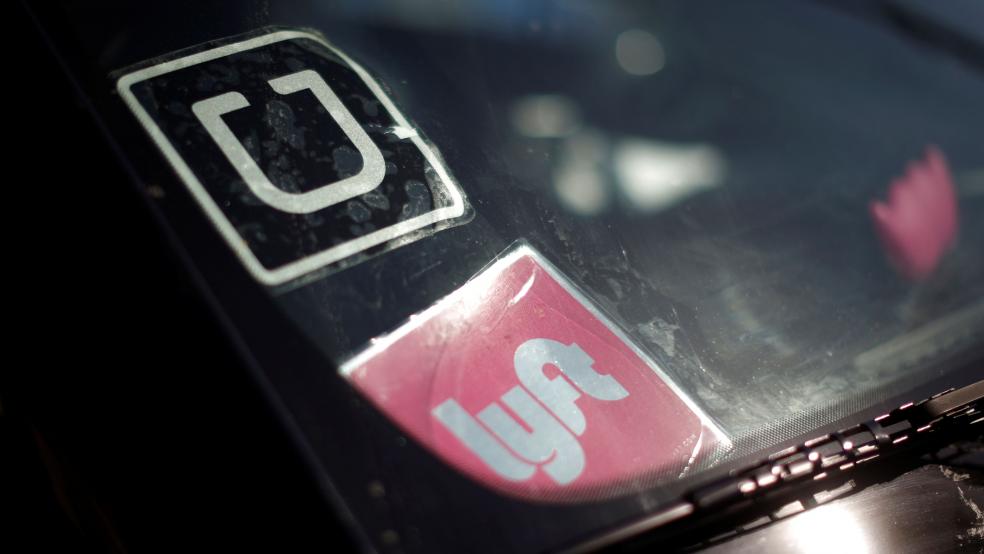Getting patients to the doctor's office is a big cost for many insurers. That presents an attractive opportunity for Lyft and Uber, which to date have focused on consumers.
Non-emergency medical transportation is a $6 billion market, with most of that money going to cover the poor and elderly, who often don't have cars or can't drive. Medicare and Medicaid providers typically foot the bill.
Related: Lyft accelerates efforts to develop self-driving cars
CareMore Health System, which offers plans to those populations, started working with Lyft last year so caregivers could schedule and monitor rides for their patients.
Now the insurer is spending less money on rides and saving time. Within a three-month period in 2016, CareMore said it reduced wait times by 30 percent (from 12.5 minutes to 8.8 minutes) and the cost per ride decreased by one-third from traditional services, including taxis.
"We've saved more than $1 million in one year by shifting to Lyft," said Sachin Jain, president and CEO of CareMore, in an interview with CNBC.
To appeal to people without smartphones, Lyft built a web-based tool for caregivers, nurses and patients to schedule rides and track them in real-time. Rides can be scheduled more than 24 hours in advance.
Related: Lyft appoints former Obama adviser to board
"They don't need a smartphone or even a phone for that matter," said Gyre Renwick, who leads health partnerships at Lyft and previously managed the health services team at Google.
Renwick said the health business will expand in the coming years, and represent a bigger slice of the revenue pie as the company replaces traditional transportation services and provides better technology.
Uber is also exploring the market, and in 2016 introduced a pilot program with a start-up called Circulation to help its users get to their medical appointments. Circulation co-founder John Brownstein said this technology can work in other areas of the health system for services like delivering medications.
"There's a whole new world coming," he said.
CareMore's Jain said that partnering with Lyft has cut costs and improved patient satisfaction.
"The same services that we use as consumers are now being leveraged by our patients," he said.
This article originally appeared on CNBC. Read more from CNBC:
Ex-Fed chief Greenspan's new bond bubble warning feels like 'irrational exuberance' deja vu
Here’s how wealthier Americans spend their free time compared to those who earn less
'The bull market could continue forever' — strategist Jim Paulsen outlines conditions




